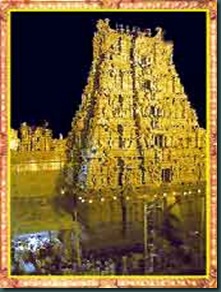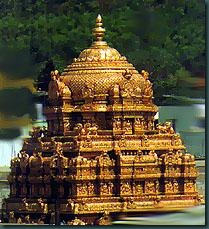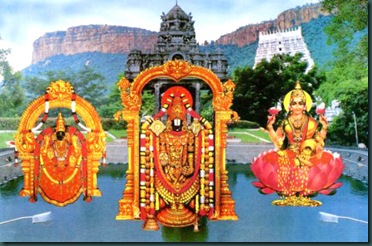Bharat- the country has given to the world many religions- Hinduism, Buddhism, Jainism and has accommodated Christianity, Islam, Jews and others.
Among Hinduism- Sri Vaishnavam occupies foremost position and Sriman Narayana is the Supreme lord.
It is the wish of every Sri Vaishnava to visit the 108-Divya Desams at least once in his/her life and also the 26-Abimana Sthalams.
In order to facilitate this wish, this blog will virtually take you to those places and to have dharsan of Lord and His consort to your heart’s content.
Along with the dharsan we will try to bring the details of these temples : Sthala puranams and the divine songs associated with these temples.
We have collected the details from various websites so that the Visitor is fully informed about the sacredness of these temples and we thank the contributors for their great efforts to share their joys with the pilgrims. Graphics are from Google image gallary.
We begin this series with the blessings of Malola Narasimhan and His Consort Maha Lakshmi.
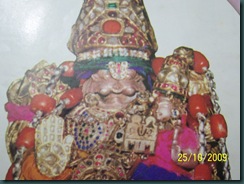
Devatha Karya Sidyartham Sabhasthamba Samudbhavam Sri Nrusimham Mahaveeram Namami Runamukthayae
SRI AHOBILAM

Location:
Ahobilam is located near Allagadda taluk headquarters, on the Nandyal - Cuddapah road in Kurnool district of Andhra Pradesh.
Presiding deities :
The Sthala Puraana of Ahobilam in Sanskrit, describes nine forms of Narasimhas which are situated at various places along the different hills and vales here.
Jvaala Ahobila Maalola Kroda Kaarancha Bhaargavah |
Yogaananda Chatravata Paavanah Nava Moortayah ||
The nine forms of Narasimha seen here are 1) Jvaalaa Nrusimha, 2) Ahobila Nrusimha, 3) Maalola Nrusimha, 4) Kroda Nrusimha, 5) Kaarancha Nrusimha, 6) Bhaargava Nrusimha, 7) Yogaananda Nrusimha, 8) Chatravata Nrusimha and 9) Paavana Nrusimha.
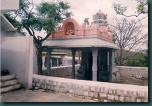
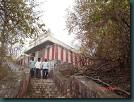
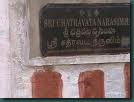
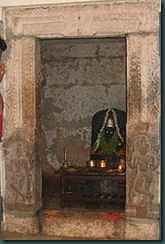
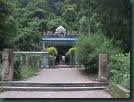


In addition to the above mentioned shrines, there is a famous shrine dedicated to God Narasimha Swamy in Lower Ahobilam, which is popularly known as Prahlaada Varada Sannidhi. There are another 2 shrines known as Ugra Sthambham and Prahlaada Mettu.
Sthala Puraana ( Temple in Legends ) :
The Khetra Mahaatmyam of the Simhaachalam temple says that there are four important sacred places on the earth. Ahobilam is one of them, the other three being Simhaachalam, Krutasoucham and Harampapam. The Sthala Puraanam of the temple is said to be an extract from the Bramhaanda Puraanam with 10 chapters enclosing 1046 verses composed by Maharshi Veda Vyasa. Ahobilam is also mentioned in the Mahabharata, Ramayana, Koorma Purana, Padma Purana and the Visnu Purana.
This sacred place was the kingdom of Hiranyakasipu in the Krita Yuga and Lord Lakshmi Narasimha came out of the pillar and destroyed him to keep up the word of Prahalada His ardent devotee and son of Hirayakasipu. . This place is called Vedaachalam, Garudaachalam and Veera Kshetram. It is also known as Singavel Kundram. Tirumangai Azhwar, a famous vaisnavite saint praised this Lord as " He other than whom nobody can enter reside in this Kshetra."
There are two popular legends for the derivation of the name ' Ahobilam. ' It is stated that the devas while witnessing the Ugra aspect ( Ugra Kala ) of the Lord sang His praise as ' Aho Bala ' which means Behold the mighty strength. ' Hence this place came to be known as Ahobalam. This is seen in the following verse -
Ahoveeryam Ahosauryam Ahobaahu: Paraakramah |
Naarasimham Param Daivam Ahobilam Ahobalam ||
The other version is that because of the great cave, the Aho-Bhila, where Garuda worshipped and realized the Lord, the place itself has been come to be called as Ahobhila. It is said that Lord Brahma worshipped the Lord with the Ahobila mantram. Besides Brahma, Ahobila Narasimha was also worshipped by
Rudra ( Sri Manthra Raja Pada Sthothram, Ahirbudhnya Samhita, Pancha Rathra Aagama), Rama ( Valmiki Ramayana ) and Tirumala Tirupati Venkateswara Swamy also called Srinivaasa. Ahobila Narasimha is praised as " Periya Periya Perumal " in Tamizh.
The Ahobilam Kaifiyat, a digest from the village registers prepared by the Mussaddis working under Col. Mackenzie gives support to this legend. As per this record, " On one of the mountains in the Nallamalai hills range, eight amadas from Srisaila Kshetram, Garuda commenced silent penance to obtain a vision of Lord Narasimha. The Lord in His grace, after long years of penance of Garuda, manifested Himself in the cave of a mountain.
Ten 'Paruvu's to the north-east of the mountain, where Garuda was doing penance, a vision of His manifestaion was then granted to Garuda, who after obtaining a sign of the location of the mountain-cave, gladly travelled and saw the embodiment of the Satsvaroopa, MahaPurusa, Lord Jwala Nrusimha, not easily accessible to common people. Garuda then praised the Lord that " Ahobilam is Maha Balam." The Lord's divya mangala vigraha was worshipped by him with several stothras. Garuda then considered himself blessed. The divine place thereafter called AHOBILAM
The mountain on which Garuda performed tapas became famous as Garudachala. In the days of yore when truth and Dharma prevailed, great heat was observed near the mountain-cave of Ahobila. According to legend, when green grass was put in the cave, it would catch fire and smoke would be emitted. Several great rishis lived there .
After sometime with the knowledge that great places would become common Janapadaas in Kali Yuga, they left for northern lands covering up the cave with boulders. Traditionally, the place is being called as Narasimha Kshetra.
Description of the shrines :
Bhargava Narasimha shrine :
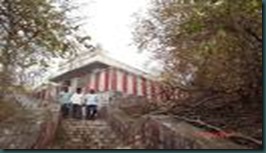
This temple is situated at a distance of two kilometres from Lower Ahobilam, on a hill near a sacred pond known as Bhargava Theertham where Bhargava Rama performed His penance. Hence the Lord of the temple is called Bhargava Narasimha Swamy.
Yogananda Narasimha shrine :
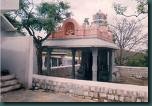
This temple is to the south-east of Lower Ahobilam at a distance of two kilometres. The popular legend is that after killing Hiranyakasipu, Lord Narasimha taught Prahlaada several yogic postures. Therefore, the Lord in this aspect is called Yogaananda Narasimha.
Chathravata Narasimha shrine :
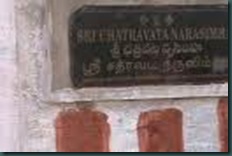
About three kilometres from Lower Ahobilam, the image of the deity is installed under a peepal tree, surrounded by thorny bushes. Hence the Lord is called Chathravata Narasimha Swamy.
Ahobila Narasimha shrine :
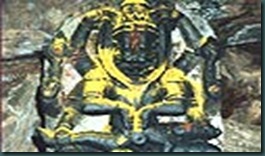
The temple, situated on the Upper Ahobilam at a distance of 8 km from Lower Ahobilam, is the main temple and the earliest of all the nine temples here. The Lord here appears in his fierce aspect, called Ugra Narasimha, who is the presiding deity and is known as Ahobila Narasimha. It is firmly believed that the Lord was self-manifest or Svayanbhu here.
Kroda Narasimha shrine :
This temple is 1km away from the main temple of of Ahobila Narasimha on Upper Ahobilam. The deity has the face of a boar called Kroda or Varaha and is seen along with His consort Lakshmi. Hence the Lord is called Krodakara Narasimha.
Kaaraancha Narasimha shrine :
This shrine is situated at a distence of 1km from Upper Ahobilam and one furlong from the road leading to Lower Ahobilam. The image of the deity is installed under a tree, called Kaarancha Vriksham. Hence the Lord is called Kaarancha Narasimha.
Malola Narasimha shrine :
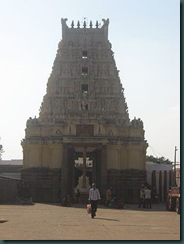
Nearly 2km from the main temple of Upper Ahobilam, is the famous shrine of Maalola Narasimha. The deity appears here in soumya or graceful form. As the Lord is seen with His consort here, He is called Malola. Ma means Lakshmi and Lola means beloved.
The Utsava murti of this temple appeared to Srimad Aadivan Satakopa Yatheendra Maha Desikan, the founder pontiff of AHOBILA MATH
Jvaalaa Narasimha shrine :
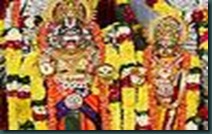
The temple of Jvaalaa Narasimha Swamy lies higher up the above temple on a hill called Achalachalaya Meru. This is about 4km from the Upper Ahobilam temple. This place is said to be the actual spot, where the fierce anger of the Lord reached its culmination when he tore Hiranyakasipu.
Pavana Narasimha shrine :
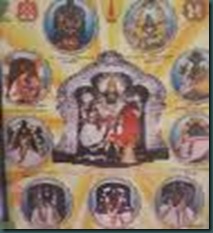
Nearby the above temple is the shrine of Paavana Narasimha, on the bank of the river Pavana and is about six kilometres from the Upper Ahobilam temple. Hence the Lord of the shrine is known as Paavana Narasimha Swaamy.
Lower Ahobila shrine :
In addition to the shrines mentioned above, there is a famous shrine dedicated to the Lord Narasimha Swaamy in Lower Ahobilam known as Prahlaada Varada sannidhi, i.e., the Lord whose grace bestows on Prahlada.
Ugra Sthambham :
At a distance of 8 km from the Upper Ahobilam temple, we can see a cleft of the mountain dividing it into two visible parts. It is a long held view that from the cleft, the Lord appeared in the form of Narasimha and this cleft is known as Ugra Sthambham.
Prahlada Mettu :
The small shrine, situated in a cave on the hill is in between Ugra Sthambham and Upper Ahobilam. It is dedicated to Prahlada Narasimha Swamy. The image of Prahlaada is installed in a small cave.
Route to reach Ahobilam :
Situated in the Nallamalai Hills, Ahobilam is about 24km from Allagadda Taluk Headquarters, 112km from Cuddappah and 65km from Nandyal in Andhra Pradesh. It can be reached through bus from Hyderabad and also by rail via Kurnool and then by bus.
Azhwar says Perumal who resides in Singavel Kunram is our master. He is our saviour. The Lord is seen as incomparable. Ugram, Veeram, Mahavishnum, Jwalantham,Sarvathomukam, Nrisimham Beeshanam Badram mrutyo mrutyum Namamyaham.
This Anushtup mantra mentions the nine forms of Narashimar i.e. Nava Narashima. They are Ugra (angry)Veera (fighting), Mahavishnu Lakshminarashima), Jwalanatha (figure emitting flames), Sarvathomukha (Narashimar with number of faces), Narashima (ordinary Narashima avatara), Bheeshana (frightful), Bhadra (terrible), Mrutyo mrutyu (killer of death).
Moolavar:
The Moolavar of lower Ahobilam is Prahaladha Varadhan. He is also named as "Lakshmi Nrasimhan". He is found in Veetrirundha thirukkolam (sitting posture) facing his thirumugham towards East direction.
Thayar:
The thayar of lower Ahobilam is Amirutha Valli. She is also named as "Senji Lakshmi".
Utsavar:
The Utsavar is Malola Narasimhar. All the other 8 utsavars are also found here. Prathyaksham for first Azhagiya Singar Swami as an Yogi.
Pushkarani:
- Indira theertham
- Narasimha theertham
- Pabhanasa theertham
- Gaja theertham
- Bharghava theertham
Vimaanam:
The Vimaanam of Lower Ahobilam is Gugai Vimaanam.
|
Sthalapuranam of Ahobilam
This sthalapuranam is related to the 4th Avathar of Sri Vishnu - the Narasimha Avathar. Once there lived a king by named "Hiranyan". While knowing about this sthalapuranam, first we should know the story of Hiranyan.

Prahaladhan was given the seva as Ugraha Narasimhar.
This sthalam explains about the bhakti of Prahaladhan and it is clearly explained through the Narasimha Avatharam that he will come for his bhaktas. When Hiranyakasibhu was killed by Narasimhan, the devars who were seeing this roared about the Balam (strength) of him and said that how much Balam he has got. They roared as "Ahobilam" and "Ahobalam". This means that praising of the strength of Narasimham. This, this divyadesam is finally called as "Ahobilam". This kshetram is also called as "Veera Kshetram".
In the first 3 Avathaars (Matsya, Koorma and Varaham), the Perumal didn't give his seva to Garudan. Because of this Garudan did a strong tapas towards Sriman Narayanan and finally, in the 4th Avathaar, the Narasimhan he gave his seva to Garudan in this sthalam is also called as "Garudathri".
Kashyabha Maharishi, father of Garudan advised him to do tapas in this sthalam towards the Emperumaan. At that time, Indiran sent all the Apsaras (Deva loka Kannis) towards Garudan to destroy his tapas. But, instead he is doing the tapas only to be dedicated for Narayanan and not doing for any thrones. By saying this, he sent all the Apsaras. From this, we can clearly understand the Bhakti of Garudan and he was given the Sthanam (position) of alwar and from then he is said to be "Garudalwar".
Similarly, Prahaladhan who showed his bhakti to Sriman Narayanan is the Key person for making Sri Vishnu to take the Narasimha Avathaar. So, he was also given the sthanam of Alwar and he is also called as "Prahaladha Alwar".
Theerthams of Ahobilam
In this sthalam, 13 theerthams are found which is said to cure all kinds of diseases, evils and doshams.
1. Kaalava Theertham:

This theertham is also called as "Asalathruvam". It is said only on the shore of this theertham, Kaalava Maharishi did tapas towards Emperumaan and finally got the seva. This theertham is found in the west side where Jwala Narasimhar is seen. If any human, takes bath in Karthigai month, it is believed that we can attain wealth and finally attain Mukthi.
2 & 3. Rama - Lakshmana theertham:
The 2nd and 3rd theertham are collectively called as "Rama - Lakshmana theertham". This theertham is said to be the theertham where Sri Ramar and Lakshman took bath after they lost Seeta Pirattiyaar and worshipped the Narsimhar. So these theerthams are said to be "Maha Punya theerthams".
4. Bheema Theertham:
It is believed that this theertham is found to be constructed by Lord Shivan. Bheeman means Bayangaran (terrific). So, if any person who takes bath in this theertham, his pabham (sin) itself is terrified by the effect of this theertham and ridded off from us. If we do viradham and say the Gayathri Jabham near this theertham, we can find good results and can attain good position in our life.
5. Sanga theertham:

In this theertham, a rishi by named "Sangar" along with his brother "Likithar" did tapas for the good of the world. It is believed that if we take bath in this theertham for around six years, we can remember of pervious Janmha. And if we give food for the Brahmanas is the shore of this theertham, it is said to be equivalent for doing the after funeral and to generations are said to gain the good stage in life.
6. Varaha Theertham:
It is believed that only shore of this theertham, Varahar explained the puranas to Bhoomi piratti. It is also said that this theertham emerged from a drop of water that came from varahar after he got out Bhoomi piratti. It is said that near this theertham, if we give the dhaanam of clothes, in Chitirai Dvadesi and Pournami, it is a special one.
7. Sudharsana Theertham:
As advised by Brahma devan, Ambhareesha king told the Sudharsana mantram near this theertham and got the complete Arul of Chakkarathalwar.
8. Soodha Theertham:
This is the theertham where all 18,000 rishis stayed on the shore and did tapas. The perumal stood near this theertham as a mango tree thereby giving fruits and leaves as food for the animals. Swarna, flower and Kannika Dhaanam are said to be the effective dhaanams near this theertham.
9. Thaara Theertham:
Using this theertham only, the food (or) Naivedhuam for Narasimhar is done and it is said to be theertham of purity. By giving cow, Salagramam near this theertham is a special one in Aadi month - Dvadesi.
10. Gaja Kundam:
It is said to be the theertham where groups of elephants come to take the water. Eventhough, Lion being the enemy for Elephants, they wish to take the theertham from this Gaja kundam.
11. Vinayaka Theertham:
On the shore of this theertham, it is believed that Vinayaka perumal is said that he is doing tapas for the entire world to live in happiness. Doing Anna dhaanam (food Dhaanam) in Maargazhi is said to be special dhaanam in this theertham.
12. Bairava Theertham:
It is believed that Brairava Moorthy cut his head and dedicated it to the Bavanasisni Nadhi which came so fast. Bairavar cut his head to stop the fast flow of the Bavanasisni river. It is said that Bairavar is doing tapas without head on the shore of this theertham.
13. Rattha Theertham:
It is said that in this theertham only Narasimhar washed his hands after the Vadham (killing) of Hiranyakasibhu.
It is said these 13 theerthams not a separate theerthams, but all are considered to be the Bavanasini Nadhi, but it is categorised into 13. On the shore, there are 3 Gughais (Cave) in which 3 Narasimhars are found to give this seva. In the middle, the Narasimhar is Ugaraha Narasimhar in Veetrirundha thirukkolam facing his thirumugham along the east direction. He is found along with Lakshmi thaayar.
9 Different Forms of Sri Narasimhar
Since Sri Narasimhar is giving his seva in 9 different stages or forms, this Ahobilam sthalam is also named as "Nava Narasimha Kshetram".
1.  Ahobila Narasimhar
Ahobila Narasimhar
2. Varagha Narasimhar
3. Malola Narasimhar
4. Yoganandha Narasimhar
5. Bhavana Narasimhar
6. Kaaranja Narasimhar
7. Chathravada Narasimhar
8. Bharghava Narasimhar
9. Jwala Narasimhar
When we travel from Lower Ahobilam to upper Ahobilam, in around 2 1/2 Kms, we can be able to get the dharshan of 2 Narasimhas namely "Chakkaravada Narasimhar" and "Yoganandha Narasimhar".
Chathravada Narasimhar:

This Narasimhar is found beneath the Arasa Maram (tree) in Veetriruntha thirukkolam facing his thirumugham towards East direction on Aadhiseshan. This perumal is said to have an specific attention towards music and showing Gambheeram (erect) seva.
He is found along with chakkaram which is said to be the hamsam of wealth. The Arasa maram which is the symbol of Gnanam serves as the umbrella for this Narasimhar.
Yoganandha Narasimhar:
This Narasimhar is found inside a small temple where he is found his one leg is put on another leg and both of his hands are placed on his legs, thus the perumal gives his seva in Yoga position. Because of this Yoga seva, this Narasimhar is called as "Yoganantha Narasimhar". To make himself calm after the Vadham (Killing) of Hiranyakasibhu, the perumal is said to be found in this seva.
Celebrations and festivals:
Every month, on the day of Swathi Nakshatram, Abhishekas are done for all the nine Narasimhas. On vaikunta Ekadasi, grand celebrations of Narasimha Jayanti are done. Brahmotsavas are done in Phalgunamasam. The celebrations end on Phalguna Purnima.
Transport and retiring:
Allagadda is 115 KM from Kurnool and 80KM from Kadapa. From here, you can reach Ahobilam by bus. You can even hire autos. AP Tourism's Haritha Resorts, Malola Guest House, Tirumala Tirupathi Devastanam Guest House and many other are available at lower Ahobilam. If you can visit all the nine Narasimha's you can visit the Tulasi Kota at Yoganagnda Centre on which all the images can be found. At Kasinayana Mandiram, you can see the godesses of 60 telugu years. People who want to enjoy nature also can visit this Ahobilam.
I thank the web site Owners for providing me various details of this most holy Place which every one should visit during their life time.
Edited by R.Jagannathan.
 Amongst the places of interest in the town are some Hindu temples and bathing ghats (steps leading down to the river). Lakshman Ghat, and Swarga Dwara (Rama Ghat) are important ghats. Besides these, there are some kunds (wells) which serve as bathing spots.
Amongst the places of interest in the town are some Hindu temples and bathing ghats (steps leading down to the river). Lakshman Ghat, and Swarga Dwara (Rama Ghat) are important ghats. Besides these, there are some kunds (wells) which serve as bathing spots. 
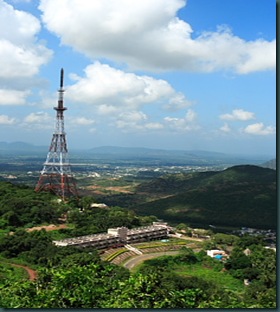
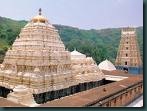
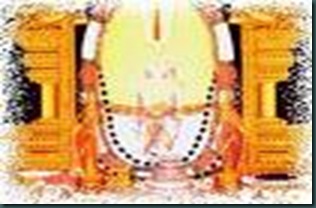
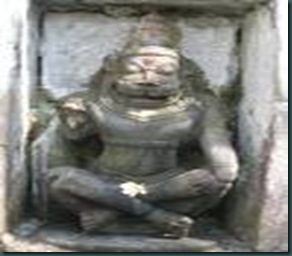
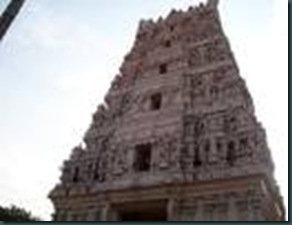
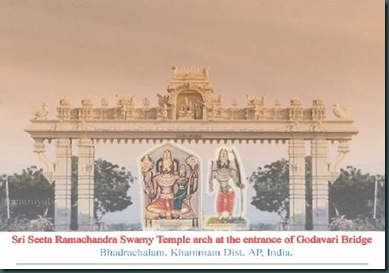
![clip_image001[6] clip_image001[6]](http://lh6.ggpht.com/_-aoqBW5KKbU/SulBo95ZXII/AAAAAAAAAg0/dw4g3E3b1-w/clip_image001%5B6%5D%5B4%5D.jpg?imgmax=800)
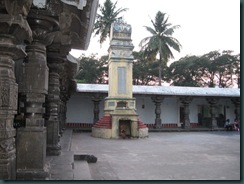

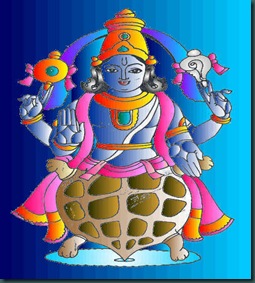
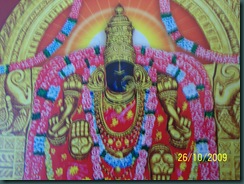


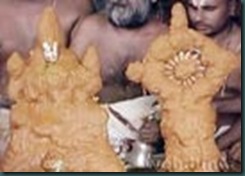
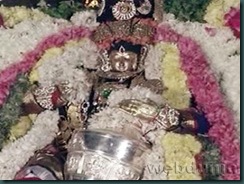
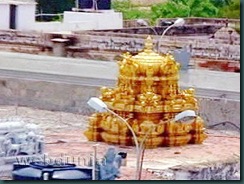
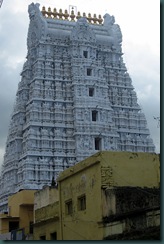
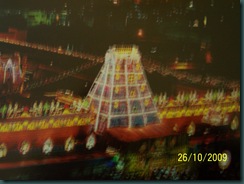
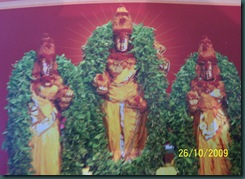
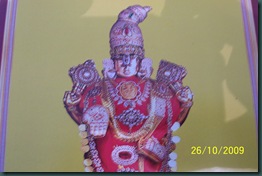
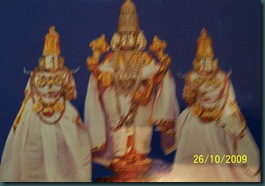
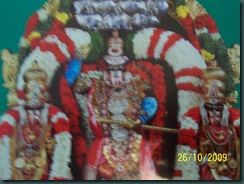
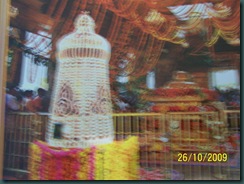
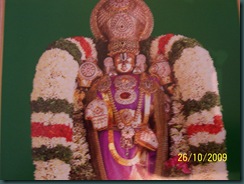
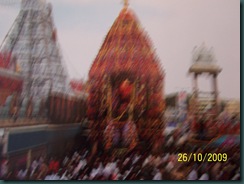

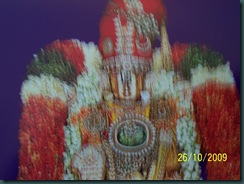

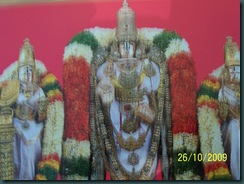

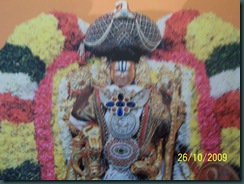
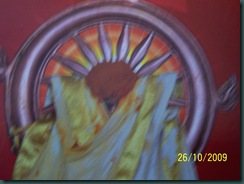
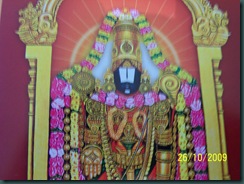
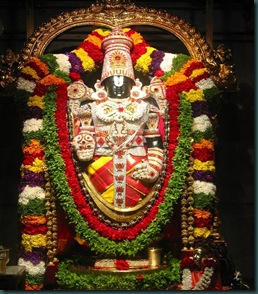
![2427515110101336370seihsA_ph[1] 2427515110101336370seihsA_ph[1]](http://lh3.ggpht.com/_-aoqBW5KKbU/SuQ5H-f3-LI/AAAAAAAAAcs/75M5YeT9dFk/2427515110101336370seihsA_ph%5B1%5D_thumb.jpg?imgmax=800)
